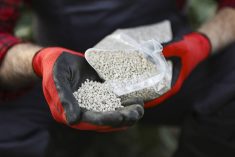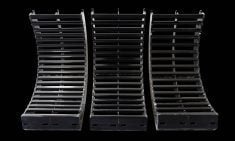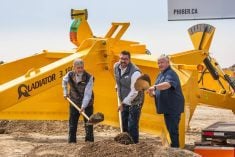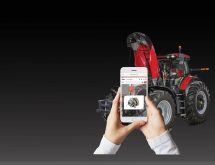Anyone who has ever changed out shovels on a cultivator knows the feeling of worming around a lot of edged objects in close quarters to get the job done. More than a few farmers have a story or scar from moving the wrong way and accidentally ending up on the wrong side of one.
WHY IT MATTERS: Canadian Agricultural Safety Week takes place March 16-22. With spring seeding around the corner, farm safety experts are warning farmers to be more aware of the risks during their day-to-day operations, such as changing out shovels and openers.
Morag Marjerison is a farm safety consultant at Keystone Agricultural Producers and has also farmed for much of her life.
Read Also
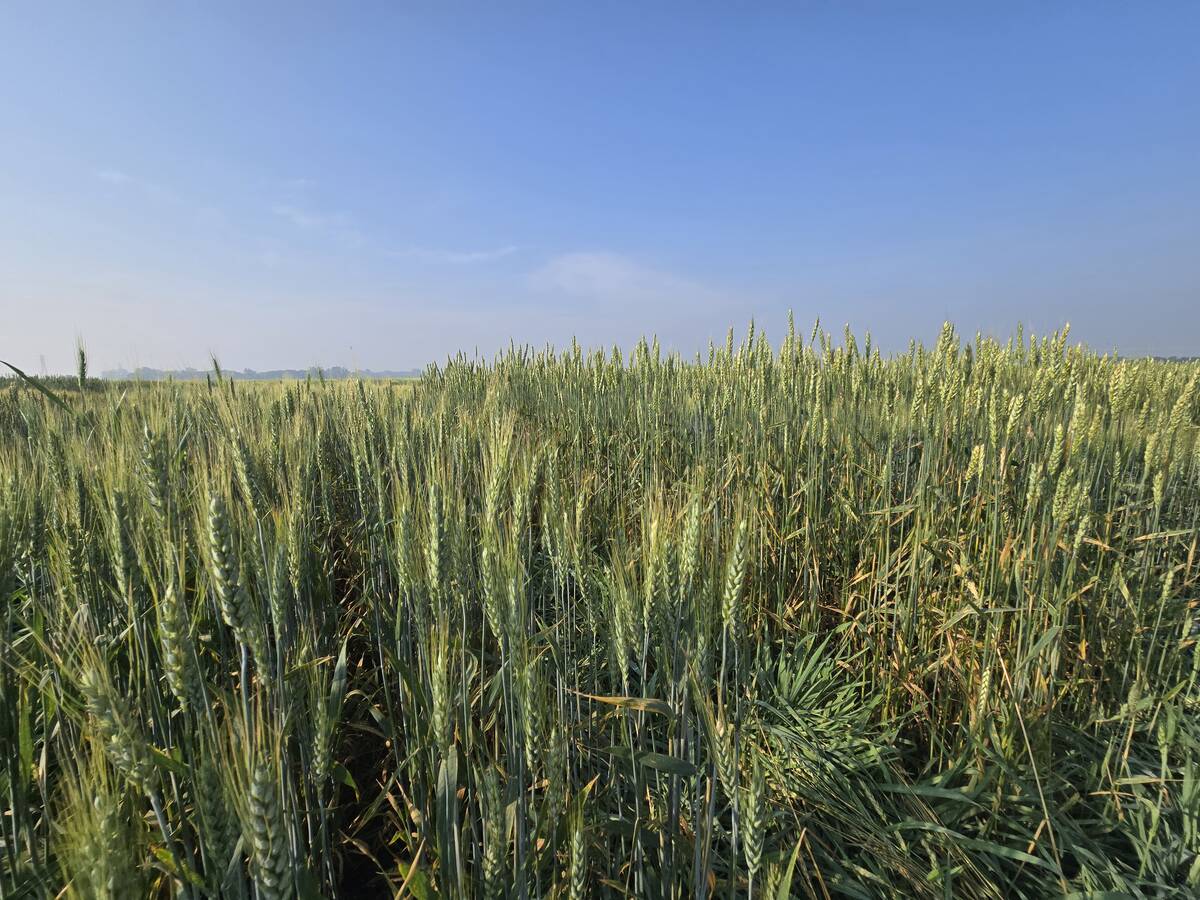
Canada’s agricultural innovation in crisis?
Experts argue that Canada’s ability to foster agricultural innovation and technology needs drastic improvement, and it needs to happen now
“Things can go wrong. There are things you need to consider beforehand,” she said.
Working on and operating machinery is an identified point of risk for producers — metal and moving parts can be unkind to human body parts when they get in the way. Going in well-prepared and with safety in mind can help farmers and farm workers prevent serious injury, or even death when working on machinery, Majerison noted.
The Canadian Agricultural Injury Reporting website noted 624 fatalities related to agriculture from 2011 to 2022 in Canada, with around 62 lives lost each year. Around 54 per cent of these fatalities were related to machinery.
When it comes to changing openers for cultivators and air seeders, the risk is more likely to involve bruises or stitches than funerals, but that doesn’t mean safety should take a back seat this spring.
“There are sharp lips of metal, and so there is the potential for banging your head, getting cuts, that kind of thing, because sometimes the edges of them are pretty sharp,” Marjerison said.
Best practices to avoid injury
Best practice when working on machinery in general includes providing safety instructions for all workers (anyone operating the machinery should get a refresher each year). Manufacturers also often warn against modifying the equipment, pointing to the risk of impairing not only safety but also the performance of the equipment.
It’s also important to have first aid kits and fire extinguishers on hand in areas where machinery is housed or being worked on, and to make sure that everyone on site knows how to use them. When removing foreign objects from machines, the area should be cleared of all people.
Operators should wear tight and belted clothing to avoid getting tangled in moving parts. Sturdy, rough-soled work shoes and protective equipment for hearing, eyes, hair, hands and head are also recommended.
“Another thing that often I’ve heard farmers say is when they’re clattering about the machinery, knocking off shovels or whatever, bits of debris go into people’s eyes. There’s rust on there; there’s dirt on there and when you’re hitting things with a hammer, of course, it flies everywhere,” Marjerison said.
Marjerison also pointed to the importance of footware specific to working on the cultivator or seeder.
“When the shovel finally comes loose and drops off, it often lands on people’s feet. A big lump of metal landing on your foot is not fun. Gloves are also a good idea when we’re banging lumps of sharp metal around.”
Keep farm equipment maintenance safe
General rules for farm machinery maintenace include making sure that engines are stopped and all controls are placed in neutral, with the parking brake set and the ignition key removed before servicing. All moving parts must stop before servicing as well.
“I have heard about people getting themselves caught up in machinery because the spring has snapped back and trapped their hand, and then not being able to free themselves,” Marjerison said.
People working on farm machinery should also always have a means of communication — most times a cell phone — on their person at all times, Marjerison added.
“Typically, what happens a lot is [people] may have the cell phone with them, but it’s up in the tractor cab, and if you’re attached to a piece of equipment, you can’t get it.”
If work is going on away from the main farmyard, it’s important that others know where someone is working and what time to expect them back, in case an emergency does take place.
“Have somebody checking in on you from time to time, because if you did, for example, either get caught up in machinery or you banged your head hard enough that you didn’t feel good enough to drive back, is somebody going to come and look for you? Does somebody know what you’re doing and where you are?” Marjerison said.
People who are just starting out in agriculture — especially children — should always have a more experienced person working with them, she added.




